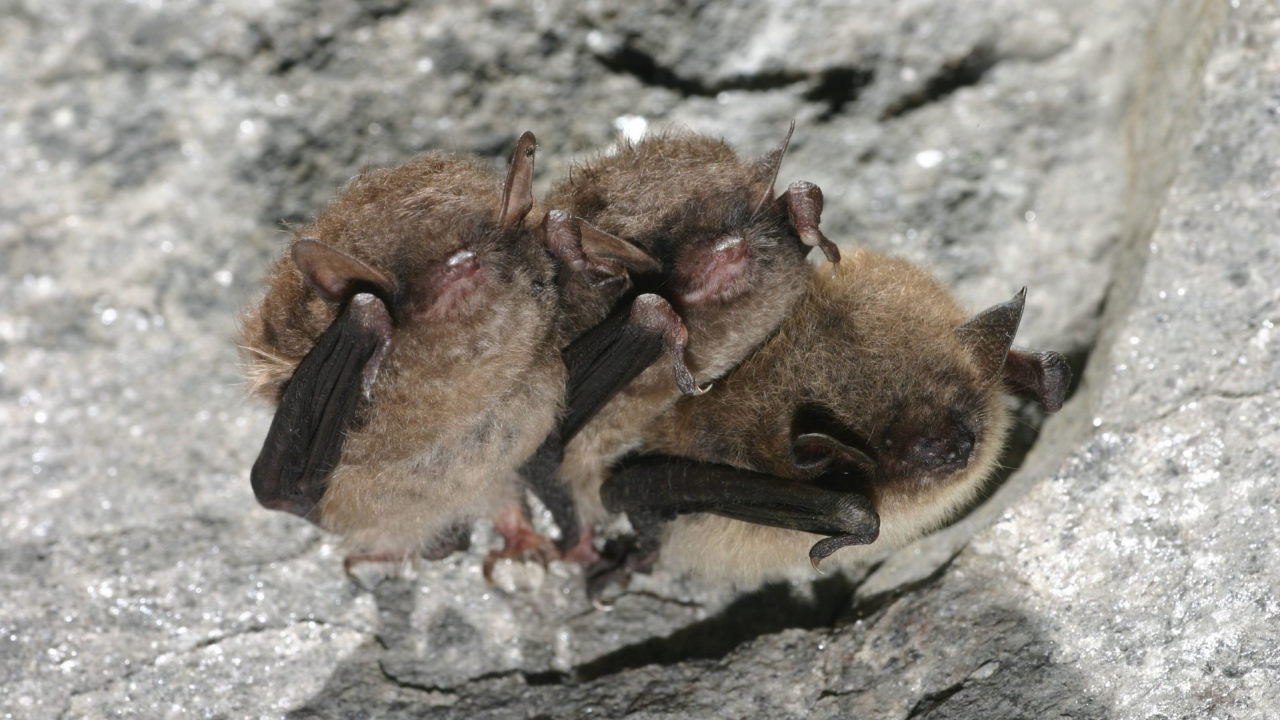
SYRACUSE, N.Y. (NCC News) – The New York Department of Environmental Conservation is asking people to avoid caves and mines where bats may be hibernating during these winter months.
According to the DEC, disturbing these bats can cause them to wake up and use up the fat stores that they need to survive the winter.
Bats are an important part of the ecosystem and what David Broda, a resident of Jamesville, said he has to thank for taking care of all the late-night bugs around his home during the summer.
“We’ve never had any problems with mosquitos or any other stinging insects because of the bats,” said Broda. “We’d sit out on the deck in the evening, having dinner, and the bats would be flying all over the place.”
But due to white-nose syndrome, Broda said he doesn’t see as many bats anymore.
According to the US Fish and Wildlife Service’s White-Nose Syndrome Response Team’s website, white-nose syndrome or WNS is a fungal disease that affects hibernating bats. The fungus looks like a little white fuzz on the bats’ faces, which is where WNS gets its name. The disease attacks the bats’ skin and causes them to become more active during the winter and burn through their fat stores until they eventually starve to death. The DEC’s wildlife biologist Ashley Meyer said WNS has been devastating to the bat population.
“Since 2006, several of these species have had up to 90 or even 99% population declines, so any human disturbance while the bats are trying to hibernate will make that even worse,” said Meyer.
According to Meyer, bats begin hibernation around November and hibernate until around March and greatly benefit humans. Bats are exceptional at eating bugs and can eat their body weight in insects every night. She said this not only helps humans with stinging bugs like mosquitos but also helps control the insect population that likes to eat our food. Meyer estimated that bats save the agricultural industry upwards of $20 billion in pest control each year.
Currently, there is no treatment for bats suffering from WNS, but Meyer said that there are efforts in place to try and fight it. Even with these efforts, she said it will take some time for the bat population to return to where it used to be.
“You might expect from mammals, something so small to have a short lifespan and reproduce really quickly like mice,” Meyer said. “But bats actually live quite long and only have one or two pups a year, so their rate of reproduction is pretty slow, so the rate of replacement is slow. So any kind of rebound is going to take decades.”
For those that want to help, Meyer encourages people to plant pollinator gardens to bring in more native insects for the bats to eat but around this time of year, she said the best thing people can do is to let the bats rest so that people like Broda can continue to see bats in the future.




